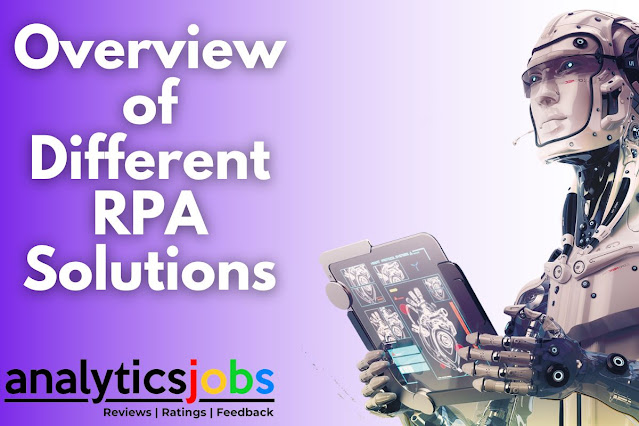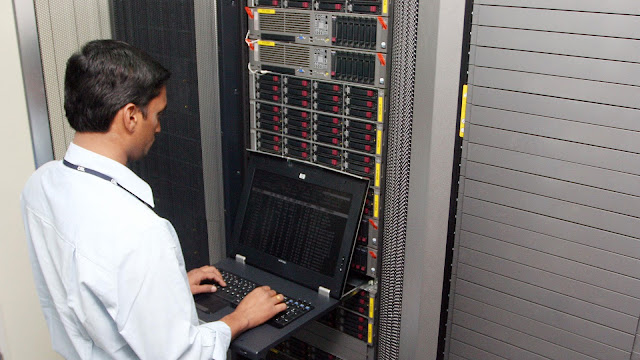Basic Concepts, Components and Processes of RPAs
Robotic Process Automation, or RPA, is quickly becoming essential within the modern workplace. As the demand for automation increases, learning the basics of RPA can be the key to understanding and successfully implementing these processes. Let’s break down what RPA is and how to learn it through courses available online.
At its core, RPA involves automated robots that process tasks as part of a digital workflow. In many cases, this might involve automating mundane tasks such as data entry for data processing or customer service responses for customer service operations. To accomplish this automation, Artificial Intelligence (AI) models are used in conjunction with Natural Language Processing (NLP), scripts and API’s, machine learning algorithms and many more processes that enable computers to interact with one another.
When it comes to courses for learning about RPA, there are both free and paid options available online that cover a variety of topics surrounding the technology. Depending on your experience level and area of focus, you can find a course tailored to your needs. Some common topics covered in these courses include system integration, user interface design, machine learning algorithms and frameworks like artificial intelligence based chatbots. These are just a few examples. Each provider will have their own unique offerings depending on their specializations.
In addition to individual courses on specific topics, there are also comprehensive bootcamps available through providers such as Udacity that teach all aspects of RPA from foundational concepts to advanced systems integration techniques. Through these bootcamps you will be able to gain an understanding of how different systems interact with one another while exploring AI driven processes and scripting languages such as Python and Java Script.
Source: Top 10 RPA Courses in India



.jpg)
Comments
Post a Comment